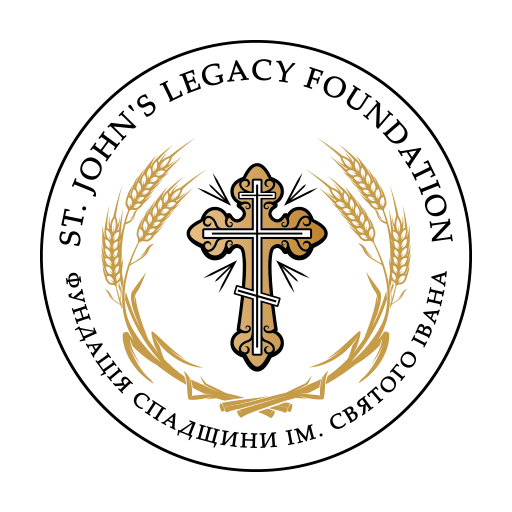Holy Ascension Russo-Orthodox Orthodox Church – Skaro (RGO)
The origins of this Skaro congregation can be traced back to 1897–1898, making it one of the first Russo-Greek Orthodox parishes in Canada. The initial government grant of forty acres of land was subdivided into two twenty-acre parcels, one for Ukrainian Catholics, the other for Orthodox believers.
The first log church was constructed by the latter under the direction of two of the very first pioneers, Ivan Sachman and Wasyl Lopushinsky. It subsequently was consecrated in honour of the Protection of the Mother of God. This modest structure served the Skaro Orthodox community until 1920. Then it was dismantled and had its logs sawn into lumber for a new church, which was built in the same year.
The second church was formally blessed during a 1927 episcopal visitation and was sanctified in the name of the Holy Ascension. In 1942 the parish purchased a large church bell, which was installed in a 20-foot high tower built of local fieldstones.
A tripartite structure with a large central dome and two small cupolas over the nave and sanctuary, the church is beautifully decorated inside in traditional Byzantine style. The interior boasts a breathtaking four-tiered iconostasis painted a sky-blue colour, with a framed icon to the right depicting the Ascension. This was commissioned in 1947 from the artist Peter Lipinski, a famous church painter from Edmonton.
The church is lit by an impressive chandelier suspended from the central dome, creating an inspiring setting for services that have long featured the beautiful singing of the celebrated congregational choir.
See HERE for more information and detailed history of this parish.
See HERE for more information on Peter Lipinski.
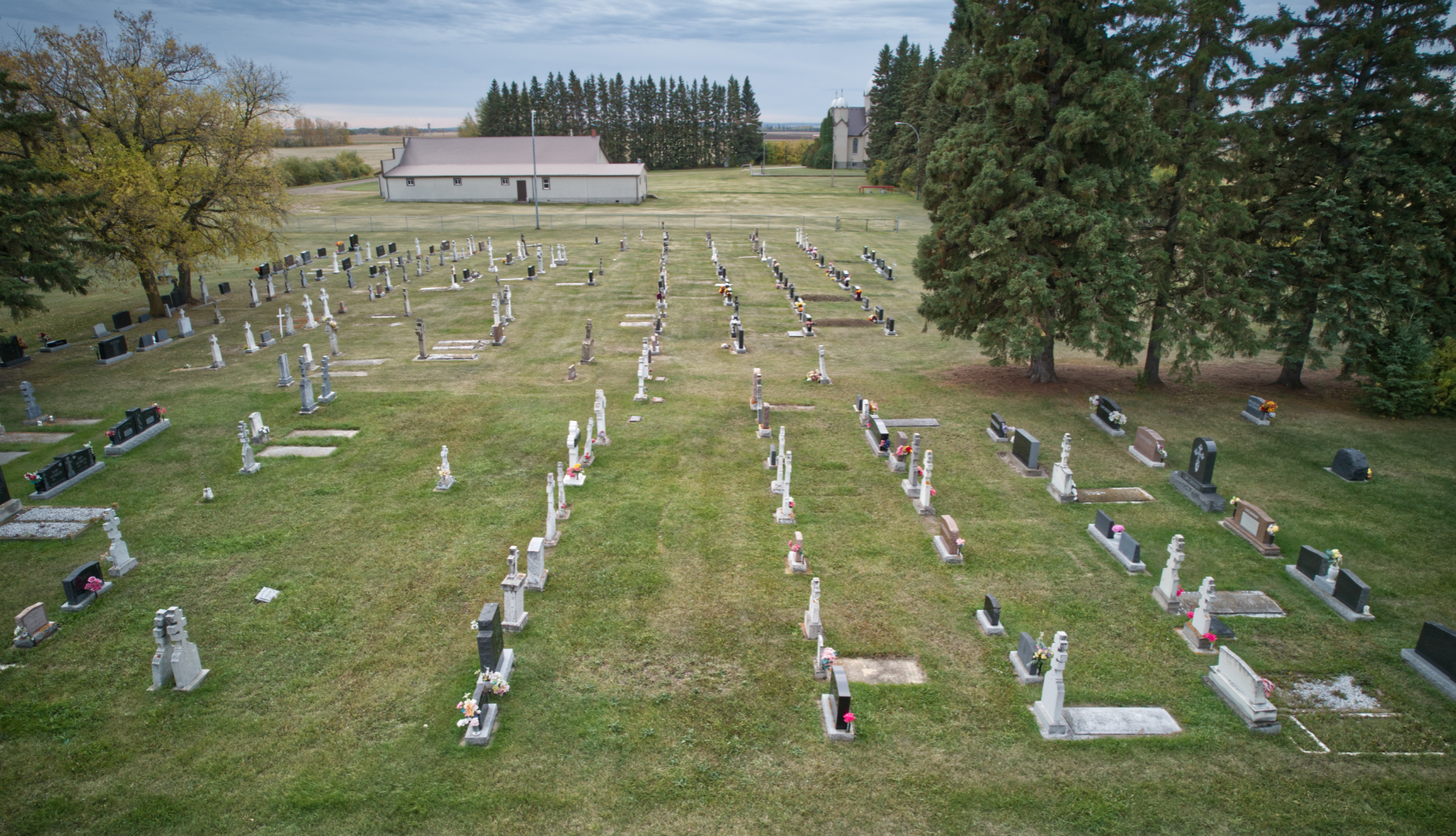
Play Memory Eternal Chants
GPS Co-ordinates: 53.896885, -112.828522
Affiliation: Patriarchial Parishes of Russian Orthodox Church in Canada
Holy Ascension Orthodox Church – Skaro, AB
Holy Trinity Whitsuntide Ukrainian Greek Orthodox Church – Thorsby (RGO)
The history of this church dates back to the years 1917 to 1918 when the residents of the area gathered at homes to worship in the orthodox faith of their forefathers. As the area settled, a church was built with the efforts of the people of the area, both orthodox and other faiths. The building was shared for the purpose of worship.
In 1917, the small group purchased a 2- acre site from the C.P.R. for the purpose of a church and graveyard. The first executives were Nick Harrish (Hawrysh), Andrew Paholko (Pacholka), and Peter Shymansky (Shymunsky). In the summer of 1918, the land was cleared and construction began on the church that still stands there today. The building was built with materials and labor donated by all the members.
In the fall of 1919, the first Thanksgiving service was held, while the church not quite finished. Originally, it was the Buford area. In the 1930’s Buford moved to be closer to the rail line on Range Road 275. The Buford settlement name was then changed to Glen Park, its present site. Since Thorsby was already there in 1927, the address became Thorsby. Serving the Orthodox group in those days were Reverend Amphilogy and Reverend Archmandrite Arseny.
In the 1940’s the original siding was removed and replaced by new stucco. In the 1950’s singles and foundation were upgraded. A new Iconostasis was built by the skillful hands of Mr. Duruda. Materials were supplied by the other members of the church. In about 1943, a hall was built from the siding removed from the church. The hall is used during the summer for gatherings and annual picnics.
In 1960’s, the church interior took a new look with new wall paneling and new ceiling. Power was installed as well as propane heating. In 1987, the church was repainted on the outside The Iconostasis and interior were also redecorated.
After 105 years, the “Little Church on the Hill” as it is often referred to by local people still stands. It is fulfilling the needs of all the families who worship the Orthodox faith that their forefathers established for lifelong fulfillment.
The cemetery is in the same yard. All buried there are identified and marked with a headstone.
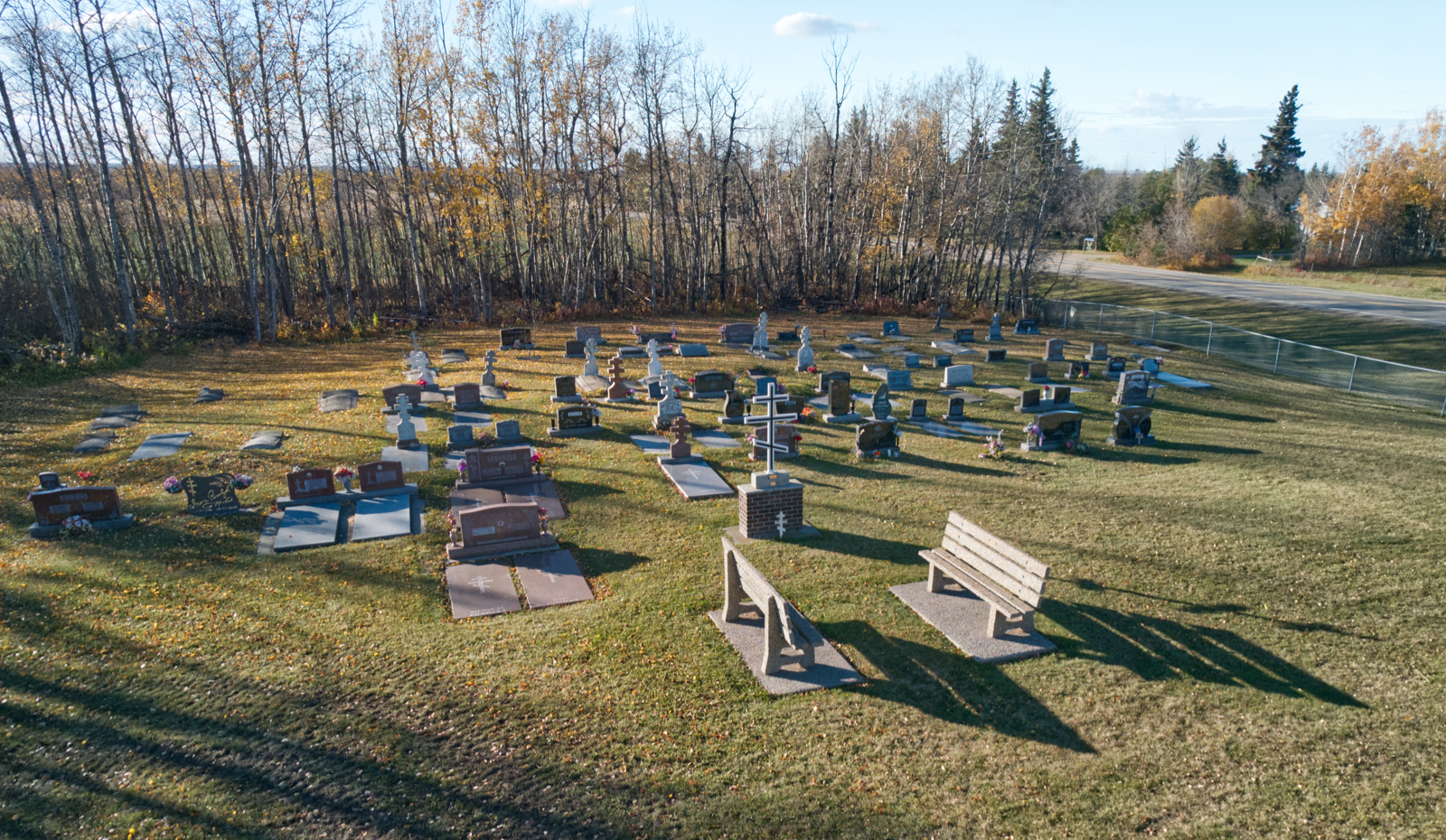
Play Memory Eternal Chants
GPS Co-ordinates: 53.191944, -113.998967
Cemetery Co-ordinates: 53.19197, -113.99959
Affiliation: Patriarchial Parishes of Russian Orthodox Church in Canada
Holy Trinity Whitsuntide Orthodox Church – Thorsby, AB
Holy Resurrection Orthodox Church – Boyle (RGO)
The area immediately north of Boyle, boarded by Flat Lake on the west and Skeleton Lake on the east, was settled largely by immigrants from various provinces of the Ukraine. Regardless of their specific provincial origins, they all had a religious up-bringing, so that, once the basic needs of food, clothing and shelter were met, the idea of a local church often came up in discussion.
Soon, the discussions became more serious and in 1934. After the harvest had been completed, a group of neighbors gathered at the farm home of Emil Ochotta to discuss and organize a church parish. As a result of this meeting, they contacted St. Barbara’s Russian Orthodox Church in Edmonton for help. The then parish priest, Rev. Vdovichenko, agreed to come out to Boyle to celebrate mass when and if time permitted. The first such service was held in Monticello School in June 1935. This was the first celebration of the Divine Liturgy of the Russian Greek Orthodox Church in the Boyle District!
Having met with the success and encouragement, Emil Ochotta next organized a meeting at the home of Harry Kowalchuk. At this meeting the Holy Resurrection Russian Orthodox Church of Boyle was officially founded. The founding members present at this meeting were: Anton Harnaha, Harry Kovalchuk, Fred Kovalchuk, George Leschuk, Peter Muzichuk, Stephen Nakonechny, Philip Nichiporuk, Emil Ochotta, William Pasnak, Hnat Ryl, Carl Shavoley and Alexander Smolarchuk.
The first church board elected at this meeting consisted of Emil Ochotta, Chairman; Harry Kovalchuk, Secretary; Stephen Nakonechny, Treasurer; Peter Muzichuk and Carl Shavoley, Members. Subsequent meeting got down to the business of raising funds and erecting the church building. Members and supporters donated to the best of their abilities. Some gave or pledged money, others provided lumber or voluntary labor.
George Leschuk donated a plot of land from his farm. This consisted of several acres and became the site for the new church and cemetery. Alexander Smolarchuk donated some of his finest tamarack trees. Some of the Boyle merchants donated lumber and nails and construction began. With much help from the parishioners who were dedicated and enthusiastic, construction proceeded quickly. Within a short time, the building was closed in with windows and doors.
At this stage construction suddenly came to a stop because of a lack of funds and materials. Almost miraculously, a donation of $20.00 was received from Mr. William Pasnak. He was an elderly retired pensioner and a founding member of the church. This contribution was sufficient to pay for the shingles and other supplies. His donation enabled the construction to be completed and closed in for the winter of 1935.
The coming of winter did not appreciably slow down the activities of the church. As the Christmas season approached, caroling was organized.
Most of the interior fixtures in the church were handcrafted by the members. Floral arrangements were donated by the members and supporters. The ladies sewed the processional banners. John Humeny, a blacksmith in Boyle, designed and crafted the cross, which he donated to the congregation. This was hauled to the top of the church and placed in position by Nick Smolarchuk during the dedication in April.
The day for the dedication of the new church was planned for Sunday, April 19, 1936. This day was also Memorial Sunday for the congregation.
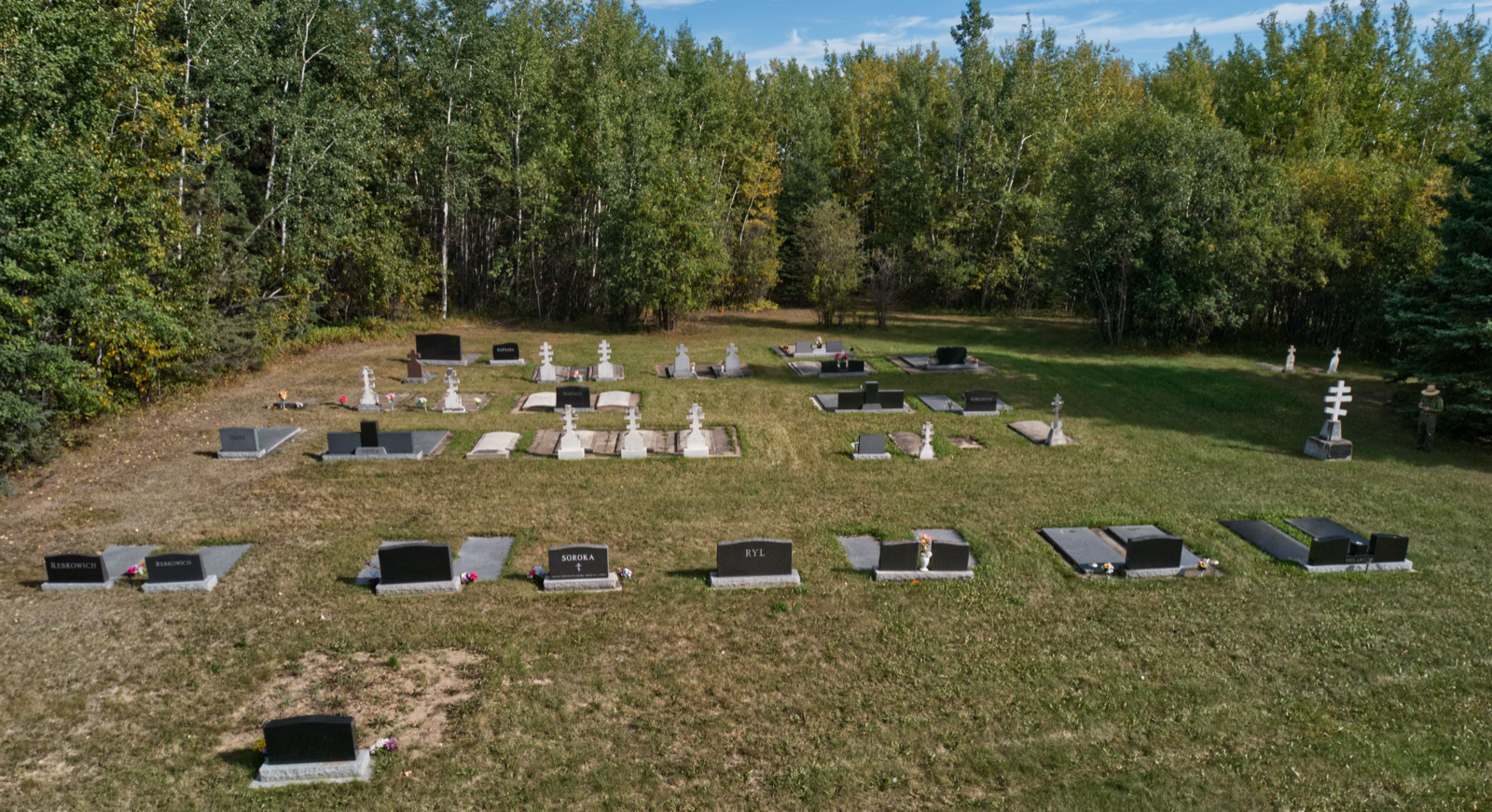
Play Memory Eternal Chants
GPS Co-ordinates: 54.62341, -112.77808
Cemetery Co-ordinates: 54.623614, -112.777007
Affiliation: Patriarchial Parishes of Russian Orthodox Church in Canada
Holy Resurrection Orthodox Church – Boyle, AB
St. George Russian Orthodox Church – Wildwood (RGO)
The parish of the Great-Martyr George and its cemetery were established in 1955. This was done in association with the appearance of the Dormition Skete near Chip Lake in 1954. Parishioners from both the Wildwood parish and from the Edson parish of Saint Andrew regularly supported the monastic community nearby. This was particularly the case when Archimandrite Seraphim (Filimonoff) was left mostly alone there. This parish was served, in turn, principally by Archimandrite Seraphim until his repose in 1988.
Thereafter, the parish continued to be served by clergy of the Russian Orthodox Church Outside Russia (ROCOR) in the region. However, in 2001, there was a split between the Synod of the Russian Orthodox Church Outside Russia (ROCOR) and its former leader, Metropolitan Vitaly (Ustinov).
This "parting of ways" was due in part with differences of opinion about whether or not to have any relationship with the Moscow Patriarchate. The split had many repercussions. The split (schism) produced the so-called Russian Orthodox Church in Exile (ROCE), that was led (at least officially) by Metropolitan Vitaly (Ustinov).
After that schism, this parish of Saint George was served by clergy of the schismatic (ROCE) group. It called itself the "Russian Orthodox Church Abroad - Provisional Supreme Church Authority", under the omophor of Metropolitan Agafangel (Pashkovsky) of Odessa (Ukraine), and Archbishop Andronik (Kotliaroff) of Ottawa and Eastern America.
However, further controversies arose, and this community (in association with the Parish of Saint Vladimir in Edmonton) was moved to the authority of the Metropolis of America of the Genuine Orthodox Christians of Greece.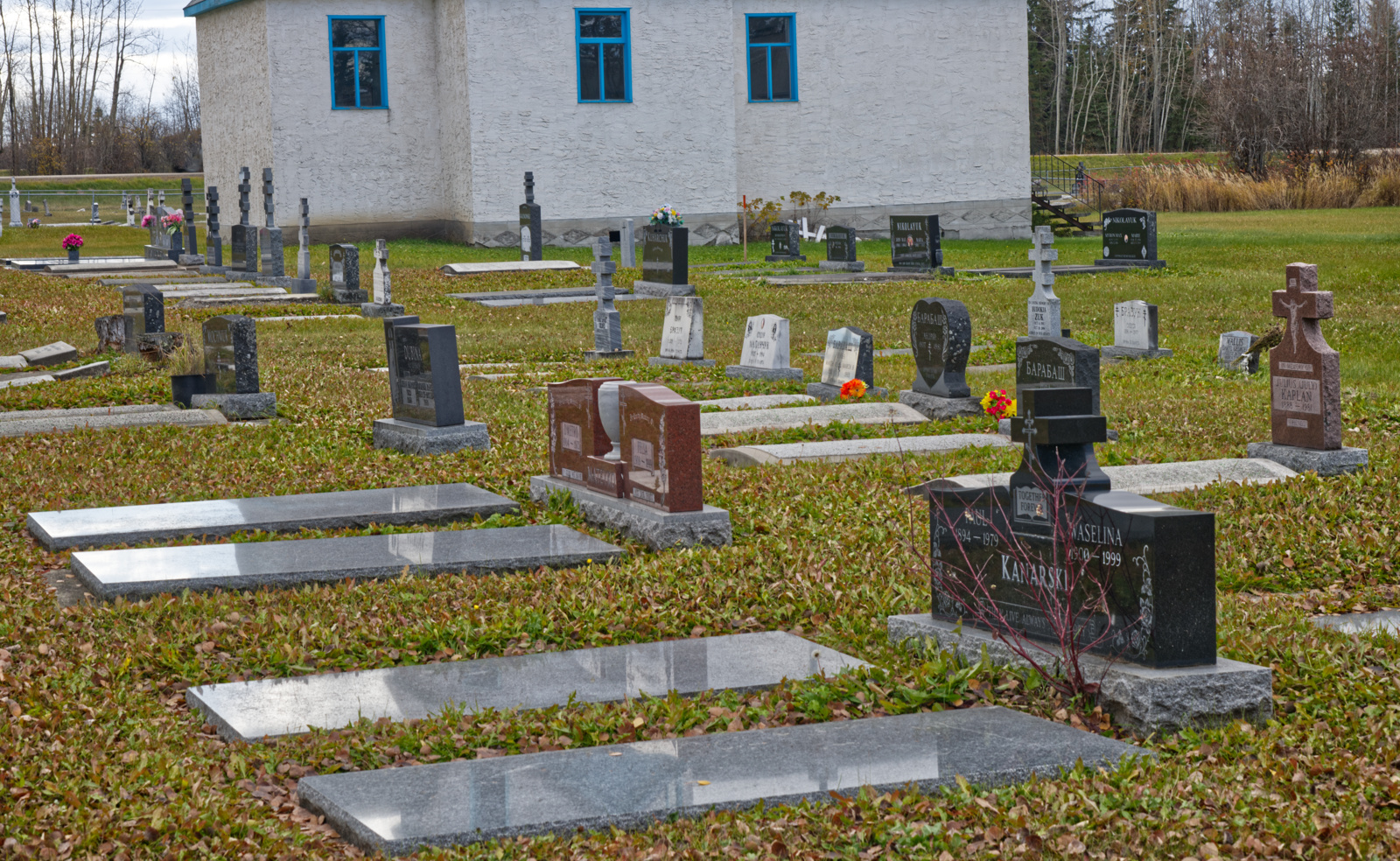
Play Memory Eternal Chants
GPS Co-ordinates: 53.60715,-115.25488
Affiliation: Patriarchial Parishes of Russian Orthodox Church in Canada
St. George Russian Orthodox Church – Wildwood, AB
St. Mary’s Holy Dormition Russo-Greek Orthodox Catholic Church – Shishkovitzi (RGO)
The name Shishkovitzi is derived from the village of Shyshkivtsi, Bukowina, in Western Ukraine, where some of the founders of this church emigrated from at the end of the 19th century. In 1903 local settlers arranged for forty acres of land to be set aside by the Hrehirczuk homestead in preparation for the construction of a church. Logs were cut the following year and volunteers began working on the sanctuary in 1905. Shingles for the roof were obtained from a Chipman grocery store in exchange for eggs supplied by members of the congregation.
After the Second World War it became increasingly obvious that the original church was inadequate for the needs of the community. In 1953 a fundraising campaign was inaugurated, and a new sanctuary was finally completed on the church property a decade later.
In 1965, the first Shishkovitzi church was relocated to the Shandro Historical Museum and Village on Secondary Highway 857, north of Willingdon. The cross from the dome was kept as a memorial and placed as a marker on the site of the original church. Andrew Firchuk built the iconostasis in the new church, which preserved the chandelier from the first St. Mary’s and many of its treasures brought over from the Old Country, including the chalice, the cross on the altar table and an icon depicting the Grave of the Blessed Virgin.
Among the unmarked graves in the cemetery adjacent to the church is that of pioneer Stefan Diduch (1839–1911), whose immigration to Canada in 1899 helped to inspire a famous short story entitled “The Stone Cross,” by the renowned Ukrainian author, Vasyl Stefanyk.
See HERE for more information and a detailed history of this parish.
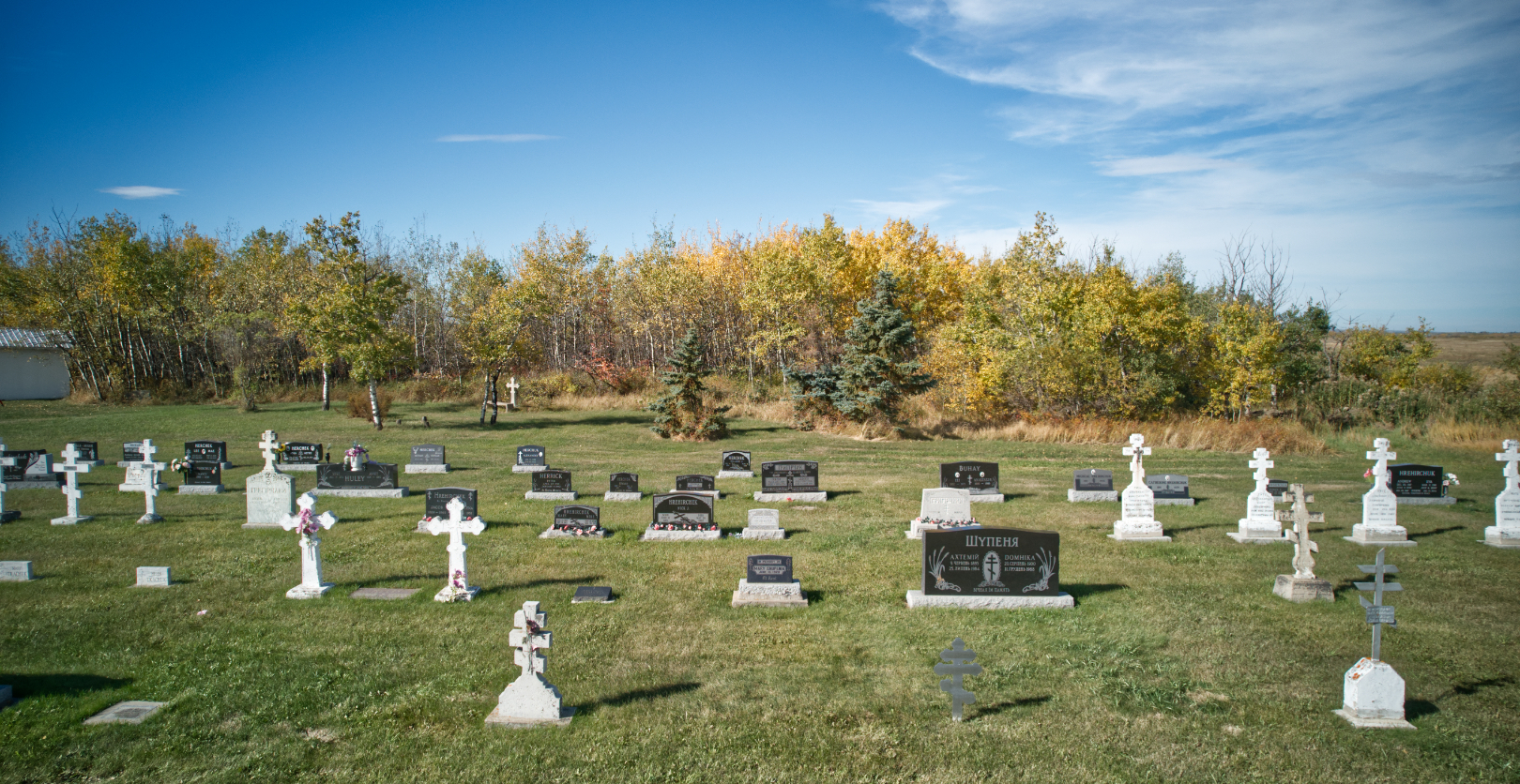
Play Memory Eternal Chants
GPS Co-ordinates: 53.620809, -112.558324
Affiliation: Patriarchial Parishes of Russian Orthodox Church in Canada



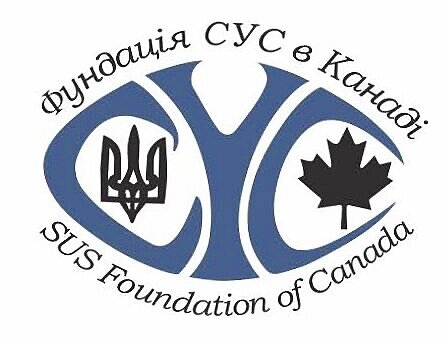 Financial support generously provided by:
Financial support generously provided by: 